BYD eMAX 7 Review: The New Choice for Families?
BYD’s eMAX 7 gets a plethora of upgrades over the e6 but are they enough to take the fight to the indomitable Innova?

BYD’s first car in the Indian passenger vehicle segment was the e6 electric MPV. It was sold in small numbers and mostly found use in fleet operations. The humble two-row car boasted high range figures and a silent drive. Now, roughly two years later, BYD is bringing the eMAX 7, the updated offering that will replace the e6. With the newer MPV, the company aims to reach more families and see wider adoption in the personal mobility space while also giving fleet owners a reason to either upgrade to or adopt the electric offering. Crucially, the eMAX 7 is now a three-row vehicle while its predecessor just had two rows of seating. With prices for the eMAX 7 touching Rs 30 lakh, it is inadvertently going to be compared to the Toyota Innova Crysta/Hycross. But is that a fair comparison to make?
BYD eMAX 7 Review: Design and Dimensions
Considering this is an MPV, there is no need for any flashy design elements and BYD understood that too. The design updates are few but effective. At the front, there is a new headlamp cluster that no longer houses halogen units. Instead, you get LED lights that have a floating element which makes them look smart. The grille has also been updated to look like the Atto 3. A single slat connecting the headlights and the black vents on the lower half of the bumper add a touch of finesse. The side remains largely identical in design, except for the design of the 17-inch alloys. You get sleeker spokes that look much more modern and go with the overall design.

In terms of dimensions, compared to the e6, the eMAX 7 has the same 2,800mm wheelbase and the same 1,810mm width. However, the overall length has gone up by 15mm and the height has increased by 20mm. In the grand scheme of things, this is not a huge change. So, the new MPV looks long but does not have a commanding height. There is a new pair of LED tail lamps, with the mandatory connected element in the middle. I also like the sparse but tasteful sprinkling of chrome on the lower edge of the windows and across the centre of the tailgate and the bumper. Overall, I do like what BYD has done with the design of the eMAX 7. It looks subtle and has an understated elegance to it.
BYD eMAX 7 Review: Interior Space and Features
A crucial update in the interior is the introduction of a black and beige colour scheme which looks miles better and more premium than the all-black interior of the e6. There is a larger 12.8-inch touchscreen in the centre of the dashboard that can be rotated with the press of a button. We have seen the same gimmick in other BYD cars but it still looks cool. The touch response is flawless and it supports wireless smartphone connectivity. The MID is still a semi-digital unit with a 5-inch colour TFT screen in the middle that looks fairly basic. But I do like the analogue dials. The steering wheel has some more buttons this time around and they are mostly for controlling various ADAS functions. And there is a brilliant 360-degree camera to make you aware of your surroundings.

The front seats are ventilated and powered (6-way for the driver and 4-way for the co-driver) which is great. There is also a big pad in the centre console that can house two phones and one of them can be charged wirelessly. I also like the new shifter which replaces the rotary knob of the e6. This conventional shifter is easier to use and looks nicer too.
I was a little disappointed to see that the second row experience was a bit bland in comparison. Thankfully, the AC vent has been moved from the floor console to the roof. You get a vent on each side of the MPV that blows air on the upper half of the passenger. There are blower controls on the console along with a pair of USB ports. However, apart from the door pockets, there are no other storage spaces for the passengers. You do not get a tray and the seats too do not recline all the way back. The worst part is that the seats lack any kind of underthigh support. Also, there is no one-touch-tumble for the second row seats, so getting to the final row of seating involves a little extra effort.
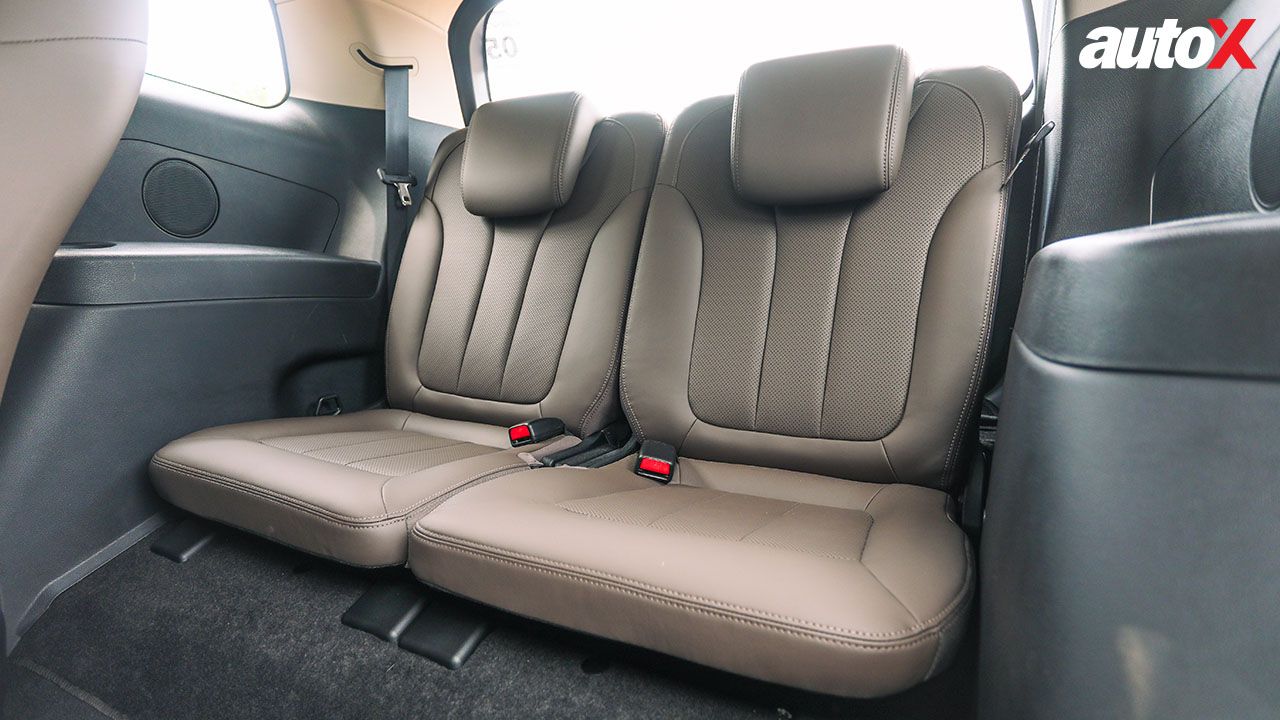
Coming to the third row, it is mostly for children or for adults on a short journey. But that is the case with most three-row MPVs. Actually, in the 6-seater variant of the eMAX 7, the third row is relatively ok. The leg room is sufficient and there are cup holders on either side. What makes the journey difficult is the lack of headroom and underthigh support. The former is a bigger problem for taller folks like myself. But I must commend BYD for ensuring that there are two AC vents for the last row.
Also Read: Toyota Innova Hycross vs Skoda Kodiaq Comparison: Utility Over Fun?
With all three rows up, you get a 180-litre boot which is good for keeping 2-3 handbags at most. If you do not need the services of the final row, you can fold those seats and then the boot area goes up to 580 litres which is plenty.
BYD eMAX 7 Review: Range and Performance
Another change this time around is that BYD is offering the eMAX 7 in two variants - Premium and Supreme. A major difference between the two is that the Premium gets a smaller 55.4kWh battery pack with an NEDC range of 420km. The higher trim, on the other hand, comes with the regular 71.8kWh battery, enabling a range of 530km per charge. We did not get time to do a proper range test but by our estimation, the bigger battery should be able to deliver a real-world range of more than 400km.

While the motor torque remains the same (310Nm) for both trims, the power figure is 201bhp for the Supreme and 161bhp for the Premium. We drove the higher-end trim and it had a rather typical EV driving behaviour. The drive was silent and the instant torque made it feel faster than an MPV should. A rather pleasant surprise was that even while cruising at 80km/h, the eMAX 7 accelerated swiftly to reach 100km/h and beyond at the tap of the accelerator. However, the initial response from the pedal is a bit relaxed, which helps when you are crawling through traffic. There are three driving modes with slight changes in the way the power is delivered. You even get two different regen modes - Standard and Longer. The more aggressive mode is tuned perfectly for highway and city use but the I did feel that I did not get enough braking force in the Standard mode.
BYD eMAX 7 Review: Ride Comfort
Something the BYD vehicles manage to nail is the ride comfort. This is largely down to the suspension tuning which can magically make the potholes and speedbreakers disappear. Being a people mover, you would want it to be comfortable and that it certainly is. Oddly enough, I did feel like the eMAX 7 was a bit more stable at higher speeds than some of the other, more performance-focused, BYD offerings.
The steering wheel has also been tuned to be light and make your life easy. Of course, the downside to this is that it is not the most communicative. There is a Sport mode for it in the menus that makes it much heavier but I would stick to the standard setting. Since you are getting disc brakes all around, the braking performance is sharp.
BYD eMAX 7 Review: Verdict
BYD has certainly made a huge step forward with the eMAX 7 when you compare it to the e6. Not only is there an extra row of seating, there are many more useful features too. I love how the MPV looks now. It manages to strike a balance between looking good and not grabbing a lot of unnecessary attention. Surprisingly, BYD seems to have still missed adding MAXimum features (pun absolutely intended) to their offering to give it an edge over the competition. Usually, BYD vehicles are packed with gimmicks that make them a bit unique. This one, it does feel like it is missing that wow factor despite being a perfectly capable people mover. Perhaps a more aggressive price would have helped BYD’s case. So, while it might not dethrone the Innova, it will become an attractive electric alternative for people with a similar budget.
Motor: Single PMS
Battery: 71.8kWh
Transmission: Single-Speed / Front Wheel Drive
Power: 201bhp
Torque: 310Nm
Range: 530km (NEDC)
Price: ₹29.30 Lakh (Introductory, Ex-Showroom)
X-Factor: A smart and comfortable electric three-row alternative to conventional MPVs
|
Pros • Infotainment • Range |
Cons • Price |
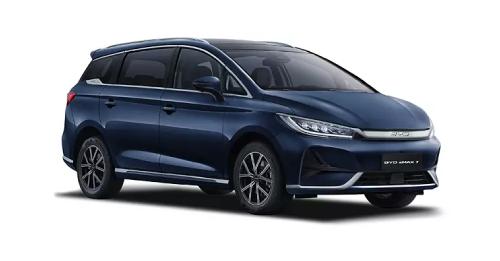
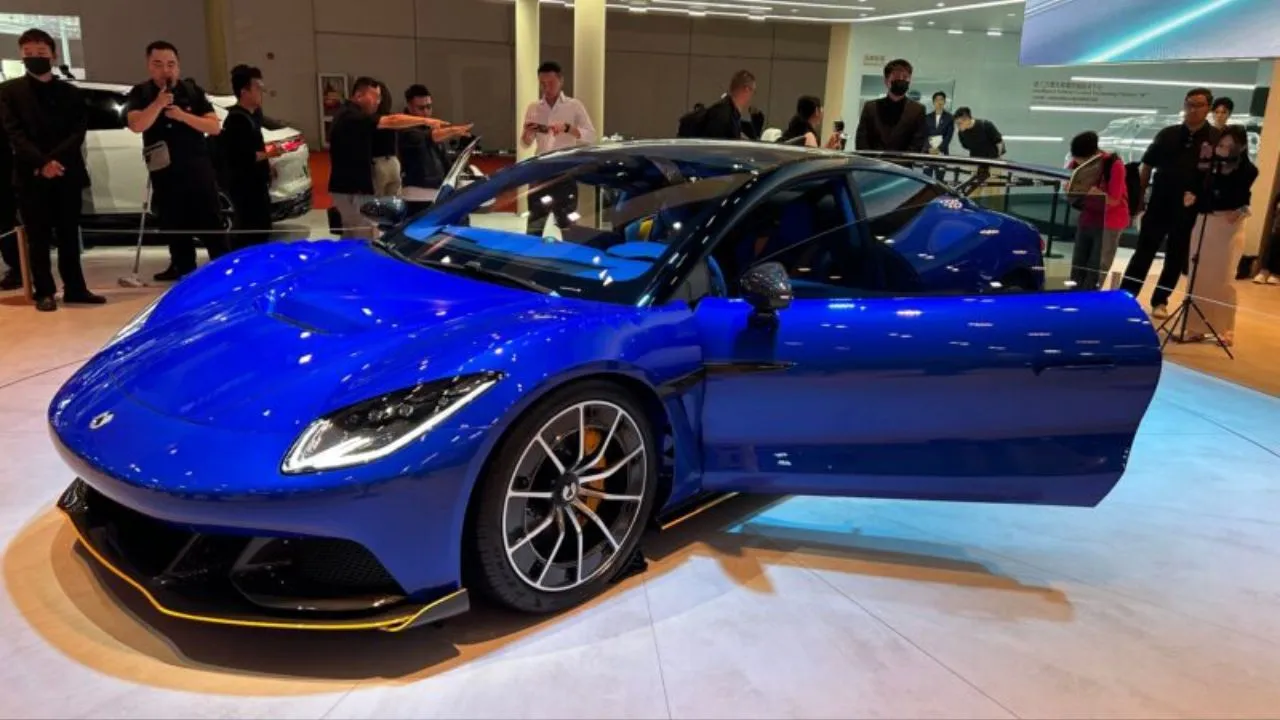

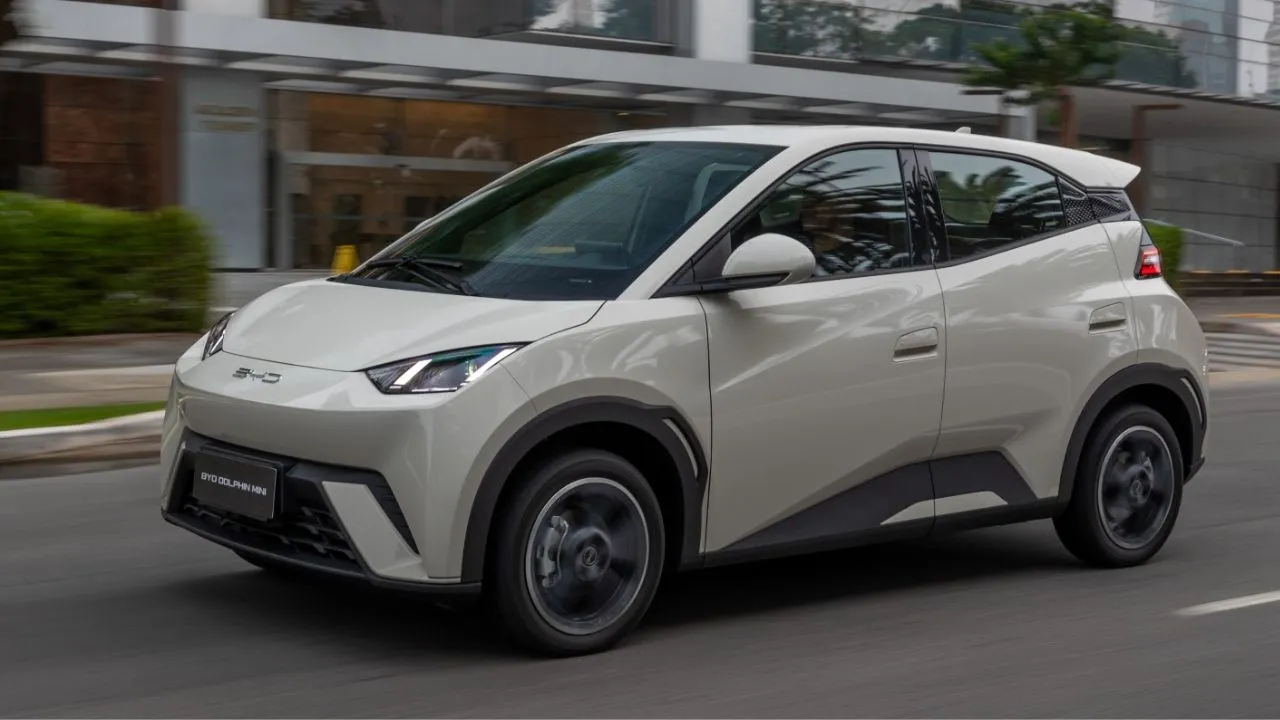


.webp)
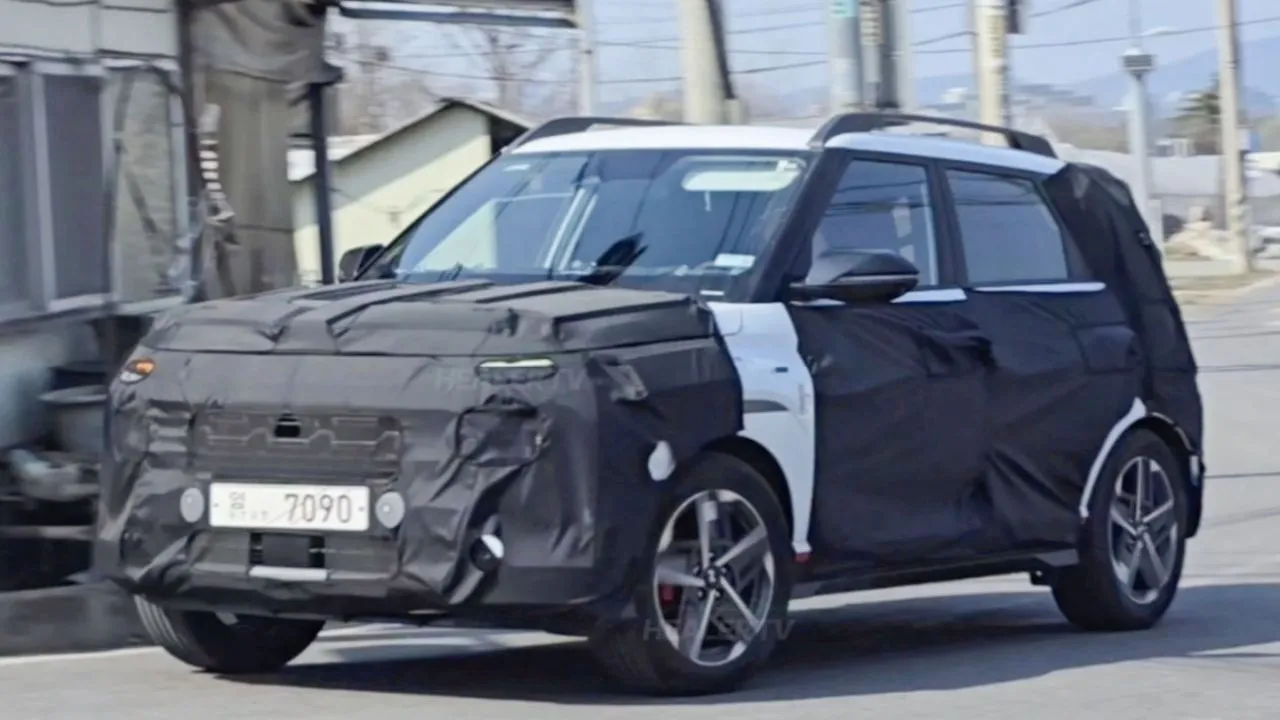
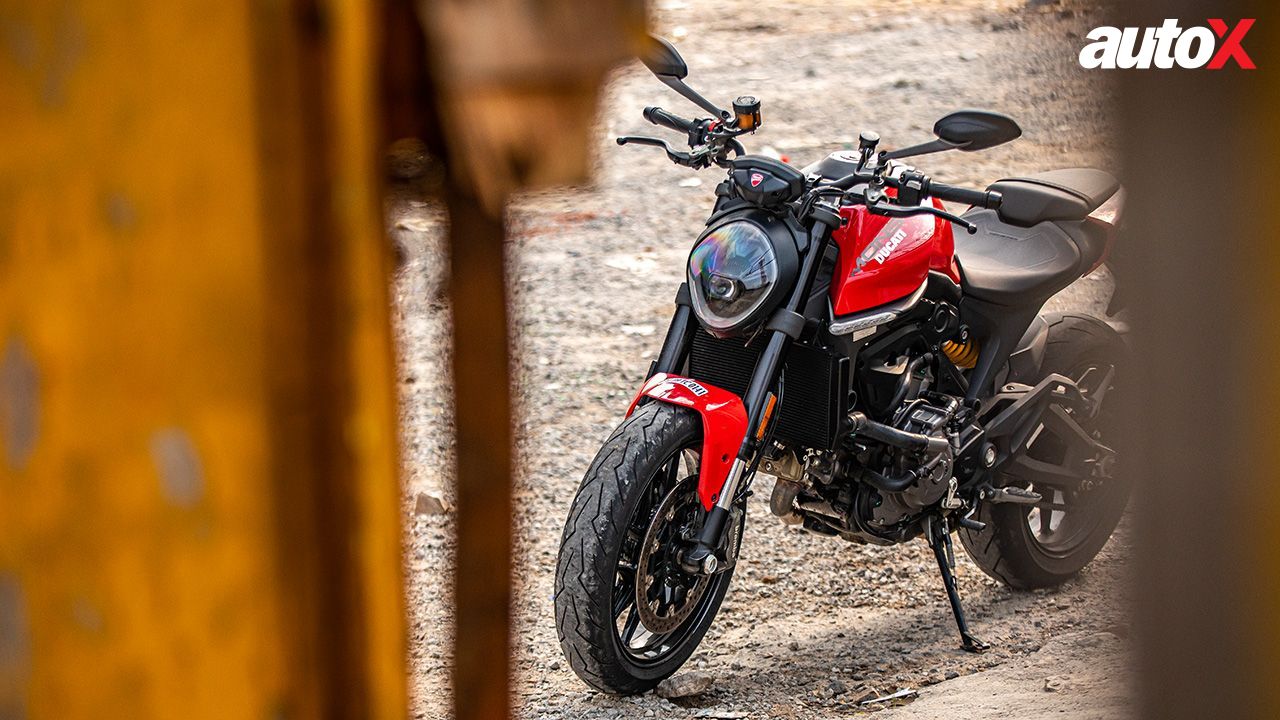
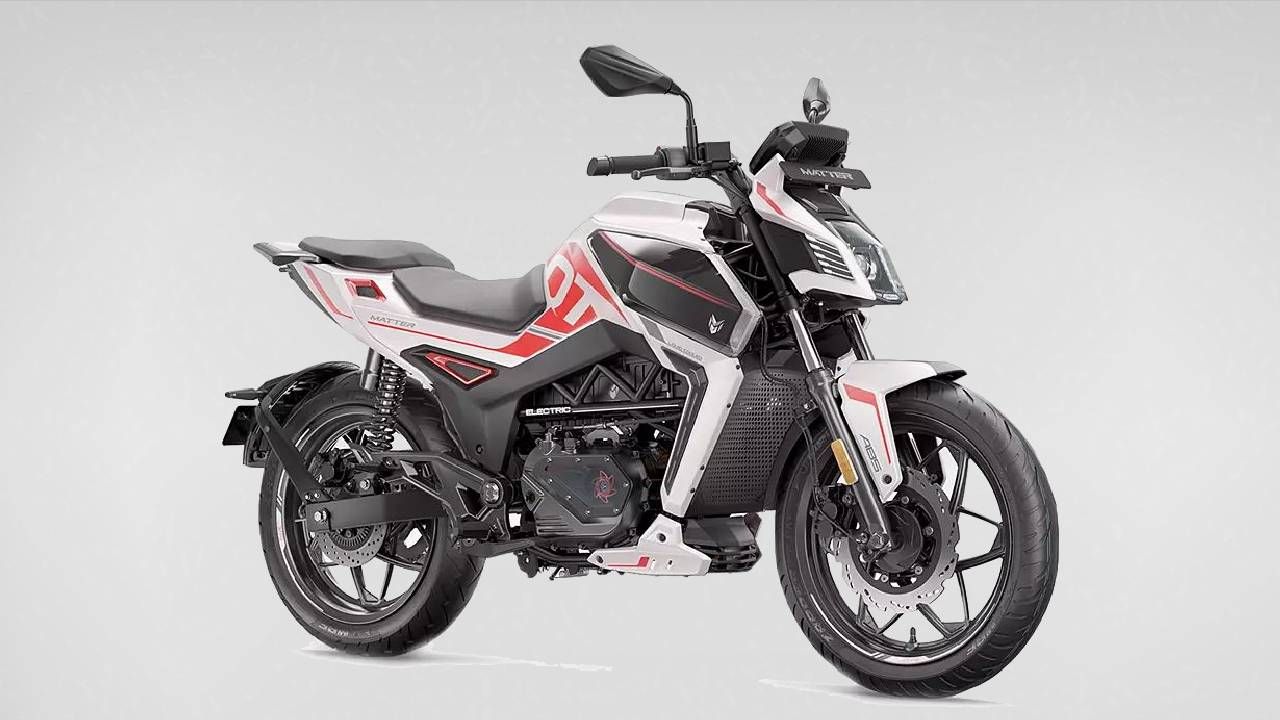
















Write your Comment on